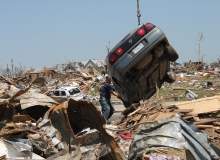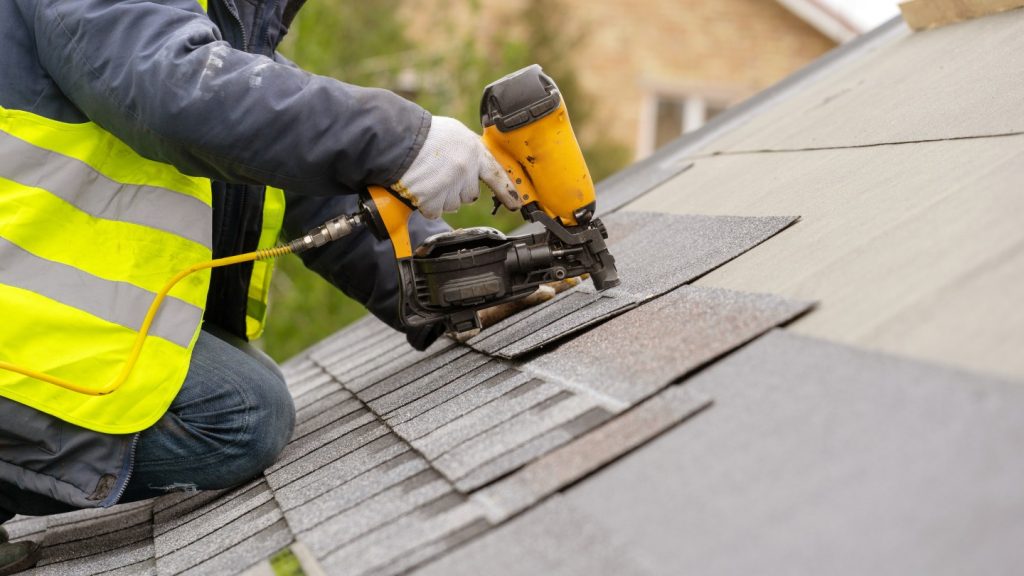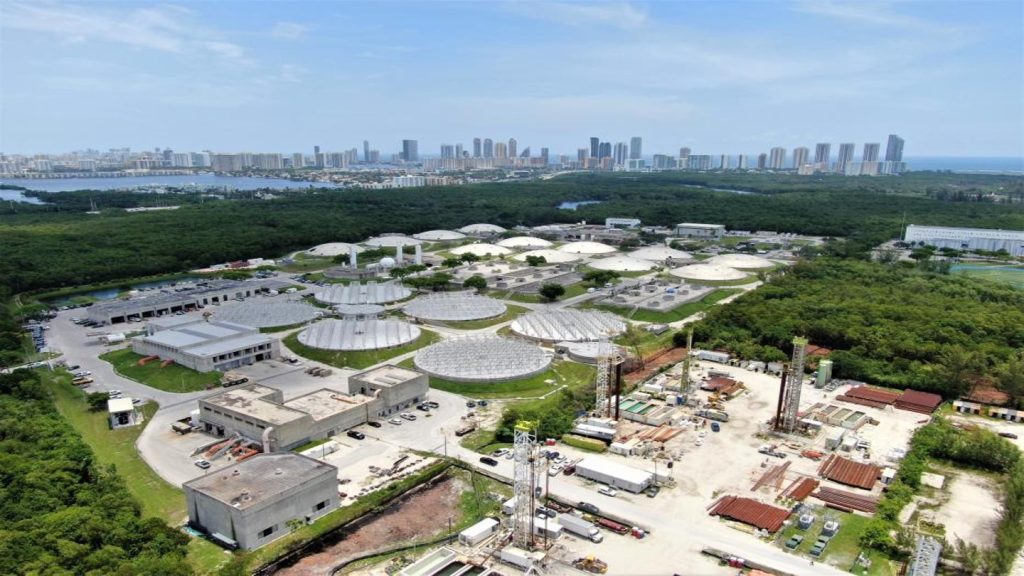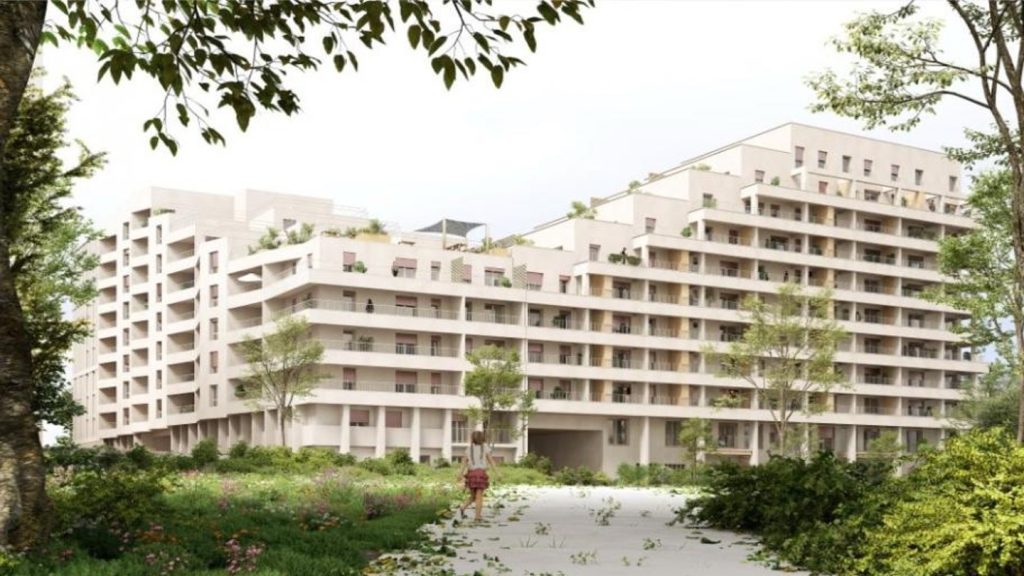

For the residents of Joplin, a city of 50,000 located in the south-west of the US state of Missouri, everything changed on the afternoon of 22 May, 2011. A tornado rated at EF5, the highest and most dangerous category on the Enhanced Fujita scale of tornado strength, raged eastwards across the city, flattening thousands of houses and public buildings, claiming 161 lives and leaving more than a thousand people injured in its wake.
It was the deadliest tornado to hit the US since records began in 1950. As the city began to recover from the disaster, the National Institute of Standards and Technology (NIST) launched a technical investigation to find out exactly what made the Joplin tornado so devastating.
After the Joplin study, the recommendations NIST set out for providing better protection to structures in the face of tornadoes are now starting to be applied to building codes in tornado-prone regions in the South and Midwest. Beefed-up requirements for storm shelter provision in regions vulnerable to tornadoes are set to be published in the 2018 International Building Code, and the Joplin investigation team consulted with the Federal Emergency Management Agency (FEMA) on its updated guidance for tornado and hurricane ‘safe rooms’, which was published in March 2015.
Dr Marc Levitan, the acting director of NIST’s National Windstorm Impact Reduction Program, which led the Joplin investigation, discusses the findings of the study, the threats posed to buildings by tornadoes and the best ways to ensure a disaster on the scale of Joplin is never repeated.
See Also:
Chris Lo: Could you give me some background on the NIST technical investigation into the tornado that hit Joplin in 2011?
Dr Marc Levitan: The question that immediately came up was, what was it about this tornado – or the city of Joplin, or the response or the warning – that made it so much deadlier than any others? So we put together a multi-disciplinary team with structural engineering, wind engineering, meteorology, sociology, all of these different areas, and tried to study it. We needed to study the tornado itself to try to understand if there was something unique about this tornado. It lawnmowered right through a mile-wide strip, through six miles of the city of Joplin. Was there something about the tornado that we needed to understand? And then what was the performance of the buildings? Was there something unique about the design or construction?
How well do you really know your competitors?
Access the most comprehensive Company Profiles on the market, powered by GlobalData. Save hours of research. Gain competitive edge.

Thank you!
Your download email will arrive shortly
Not ready to buy yet? Download a free sample
We are confident about the unique quality of our Company Profiles. However, we want you to make the most beneficial decision for your business, so we offer a free sample that you can download by submitting the below form
By GlobalDataCL: What were the main findings of your study?
ML: There were some specific factors that did affect the communications. There was a first siren that went off to warn people, and that was for a storm that they thought might have a tornado, but no tornado materialised. A short time later they sounded a second siren, and that’s because they noticed a second storm, and that actually dropped a tornado and they had verified reports. Well some people were confused – they’d never had two warnings back-to-back, so some people thought the second siren was an all-clear.
Most of the people who died were in buildings. Most of the people who died inside buildings had a cause of death listed as multiple blunt force trauma. Some of that may have been from collapsing parts of buildings, others may have been from wind-borne debris. Some people died later from their injuries in the days and weeks and months afterwards. There were over a thousand injuries. At the end of the day, most people [in Joplin] were in buildings, and basically the buildings failed them.
CL: Is there currently a unified set of standards in the US for protecting buildings against tornadoes?
ML: A basic observation is the building codes and standards in use in the United States right now don’t address tornadoes.
So in some ways, it wasn’t surprising what we saw [in Joplin]. Using the damage patterns, we could estimate what the radius to the maximum winds were in the tornado, and come up with a very detailed model of what we anticipated the maximum wind speeds would be as this tornado crossed the region. Given those speeds, which were much higher than the design speeds – again, because the building codes and standards don’t require design for tornadoes – the loads on the structures may have been three or four times greater than what was designed. From that standpoint, it wasn’t surprising that they failed, that we had so many collapses and severe damage to buildings.
CL: What are the major recommendations that you provided after completing the study?
ML: We issued a series of 16 recommendations. Several of them focussed on trying to better understand the hazards associated with the tornadoes.
Then we had a series of recommendations on improving design for buildings. We need to develop performance-based standards first, which we can use in tornado-prone regions to give designers at least the tools they would need to be able to design for a tornado. And we had recommendations to improve the guidance available for tornado shelters, and to change the building codes to start requiring tornado shelters for more types of buildings.
We had some specific recommendations for code changes for things like roof gravel. We saw at the hospital [in Joplin], an awful lot of the glass breakage at the hospital came from gravel, which is used as ballast or aggregate surface roofs – that aggregate, those millions of small stones over these large roofs of the hospital were circulated around and took out an awful lot of the glass.
CL: What work is left to be done before we start seeing these changes reflected in construction projects?
ML: Well, we collaborated with FEMA – they have a guidance document for what they call safe rooms, which is FEMA terminology for storm shelters. A new edition of the guidance for that document was published in March [2015]. Some of that included broader guidance for communities; it included improvements in the technical provisions for these safe rooms and storm shelters. So that’s actually on the street right now.
When communities adopt this new code, the 2018 [IBC] code, once that’s published and available, when they’re building or expanding a school, the idea is that it needs to contain a shelter, that you need to provide a shelter and ideally it needs to be large enough to be able to shelter all of the occupants of the school.
So that’s the first in a series of code changes that have actually been approved. We’ve got a lot of other things in the works right now – in some cases we’re developing a new standard, in other cases we’re working to significantly change, alter or expand other codes and standards to deal with various aspects of the tornado problem.
CL: How do you design a space that is truly safe during a severe tornado?
ML: We first have to consider all of the hazards associated with a tornado. Obviously there’s the extreme wind, but we also have wind-borne debris. We have to worry about what we call ‘lay-down hazards’ – are you adjacent to telephone transmission lines or something else that could fall on top of the shelter? You’d have to design for that.
In some cases we need to design for atmospheric pressure change. What that means is we have to have very robust wall systems and roof systems to resist not only the very large wind pressures, which are in the order of three to four times larger than the design pressures from any other wind storm you would get in the Midwest.
Then we have the very significant debris – typically you’ll end up minimising the number of windows and doors, or you need to provide missile impact-rated shutters. The doors themselves need to be missile and pressure-rated to be able to withstand a 15-pound piece of lumber travelling at 100 miles per hour.
CL: Are there common design weakness you see a lot when you look from town to town?
ML: Oh yeah, sure. And again, partly that just stems from the fact that we don’t consider tornadoes so we’re not thinking about it. What we see very commonly is the lack of a robust connection between the roof and the walls, and between the walls and foundation. Many times you’re not using metal straps and connectors appropriately – you’re just putting a nail in through an angle that has almost no resistance. So even some simple things like using the metal straps, the connectors, the hurricane clips to hold the rafters or the roof trusses to the top of the wall, and then using anchor bolts to hold the bottom of the wall down to the foundation – that can have an enormous impact and significantly increase the survivability of the structure.
CL: Are there examples you’ve seen where towns or individual building projects have taken a really exemplary approach to tornado-resistant design or construction methods?
ML: The city of Moore, Oklahoma is actually the first in the nation to pass a new residential building code that requires a lot of hurricane-resistant features to get to something like 135mph design wind speed instead of 115mph, which is pretty uniform across the centre of the US. This community south of Oklahoma City has been hit by three EF-4 or EF-5 tornadoes in the past 15 years, so they decided enough is enough. So they’ve actually passed a residential code that’s requiring some of the things that were previously only seen on the hurricane coast.
In the last couple of years, the state of Alabama and the state of Illinois have both passed requirements that require – even predating these changes that are going to be in the 2018 code that we talked about earlier – they require all their new school construction to have ICC 500 storm shelters. Alabama passed their law, I think, in 2010 because they had eight kids killed in a tornado in Enterprise, Alabama, in 2007.
[Building a storm shelter] is a significant investment of community resources, because a community shelter is not cheap. Joplin and other communities are starting to say hey, not only are we going to size this shelter to handle the kids in the school, but if there’s a neighbourhood around it, they’re also going to make these facilities available at times when school isn’t open.They do that through a system where they can automatically unlock doors from the community’s emergency operations centre. So they don’t have to wait for some guy to show up with keys and unlock the door. The community has invested significant resources not only in this shelter at the school, they’re going make use of it 24/7, 365 days a year. The idea is if we’re putting these resources in, let’s maximise the benefit to improve the safety of the whole community.






